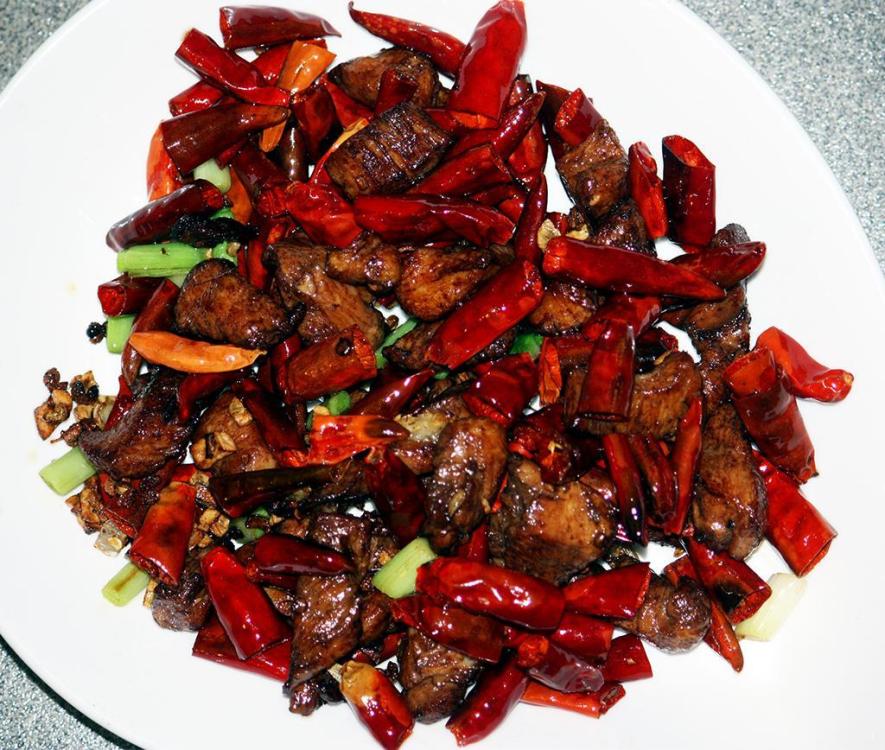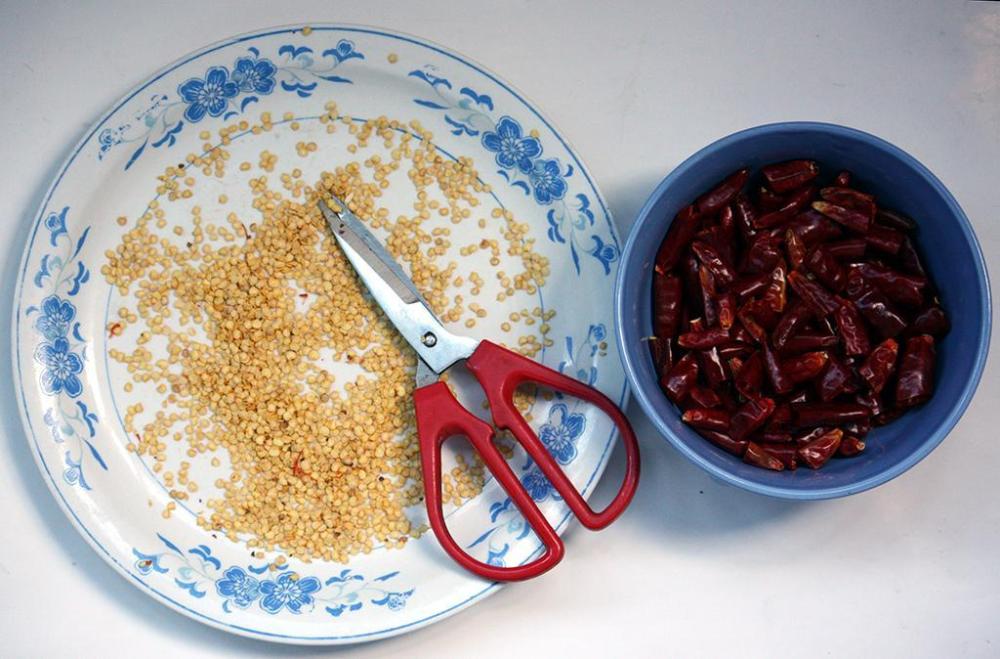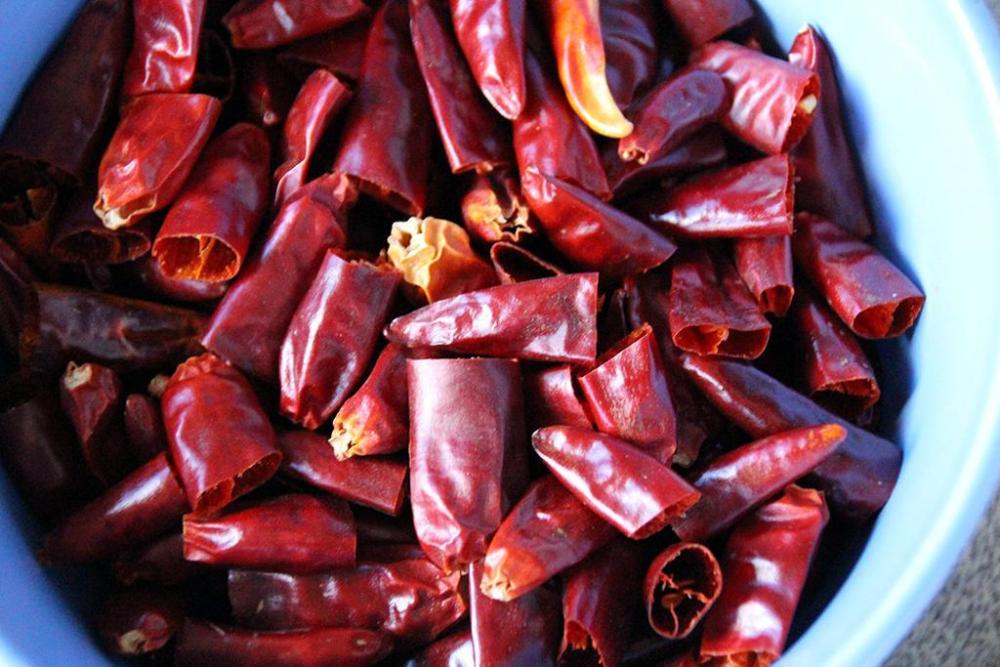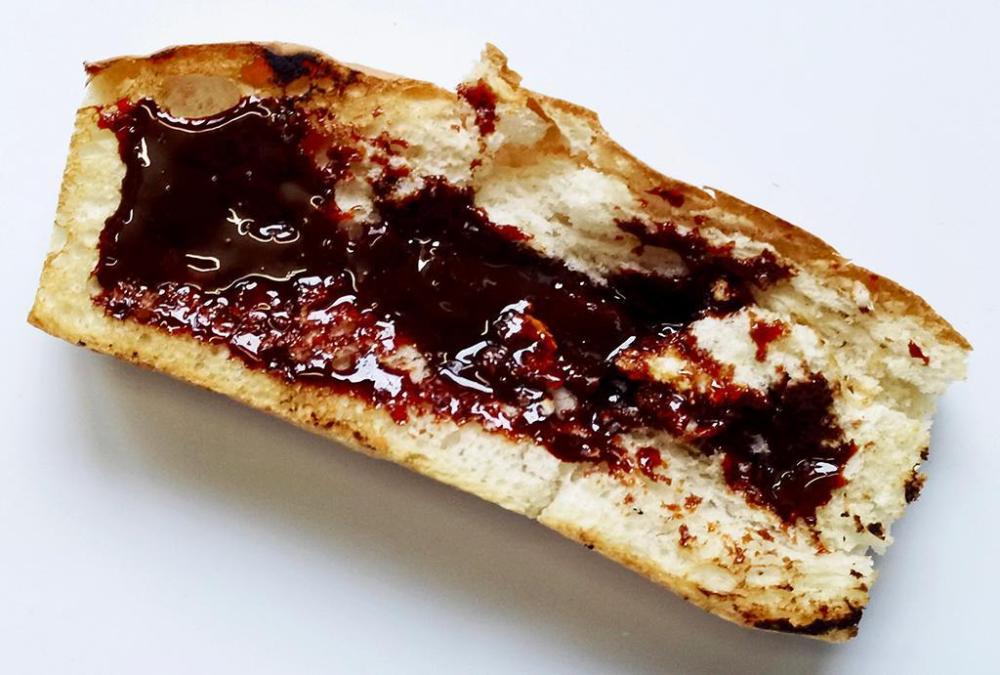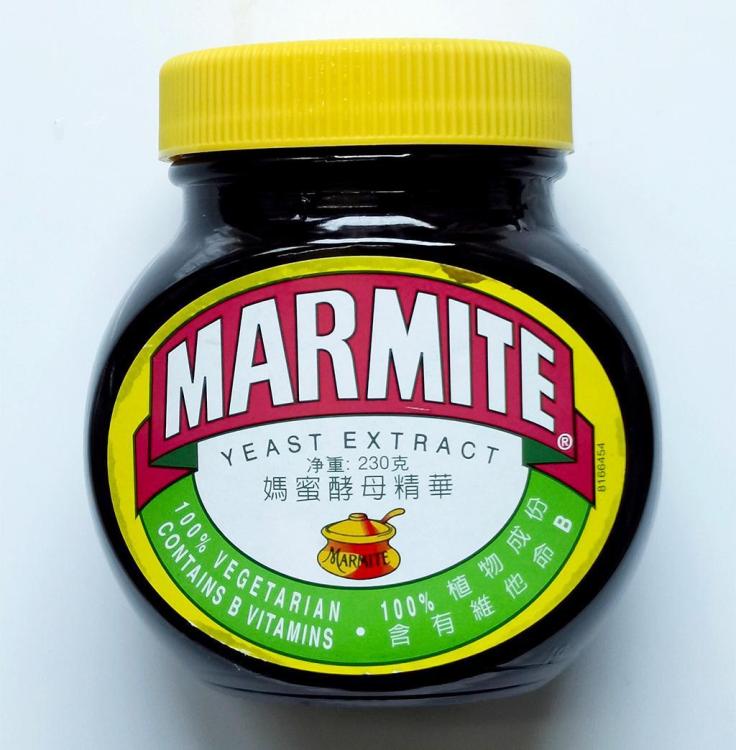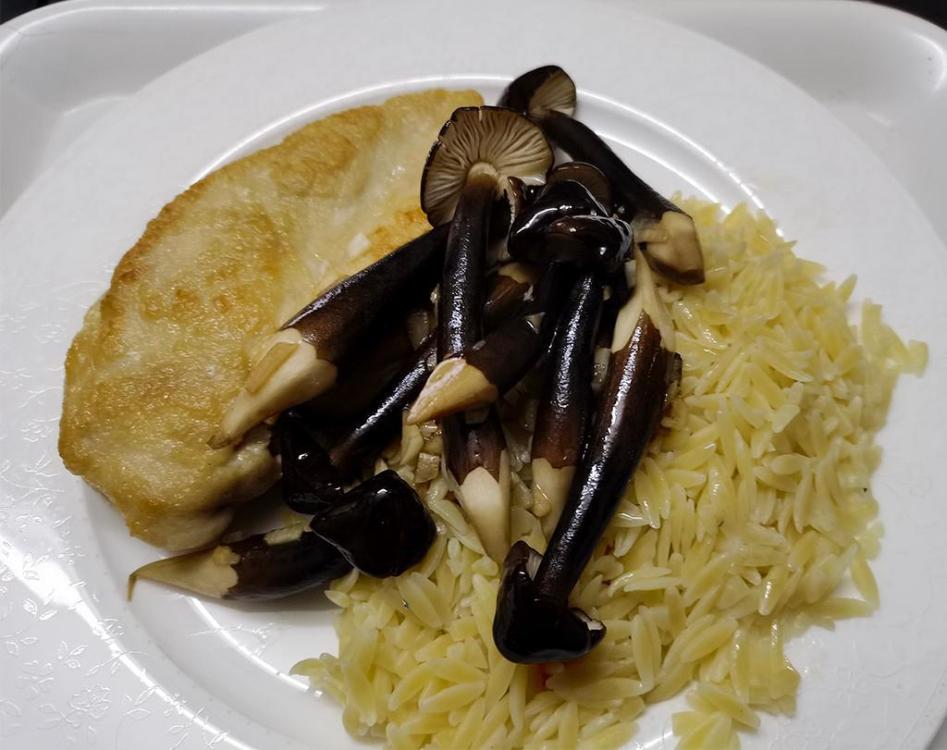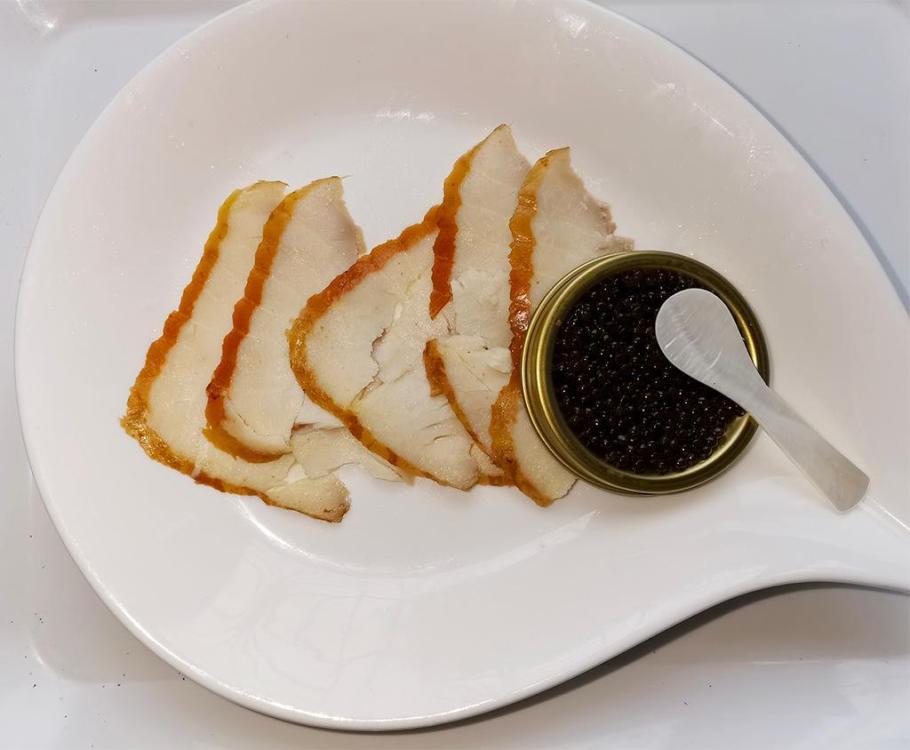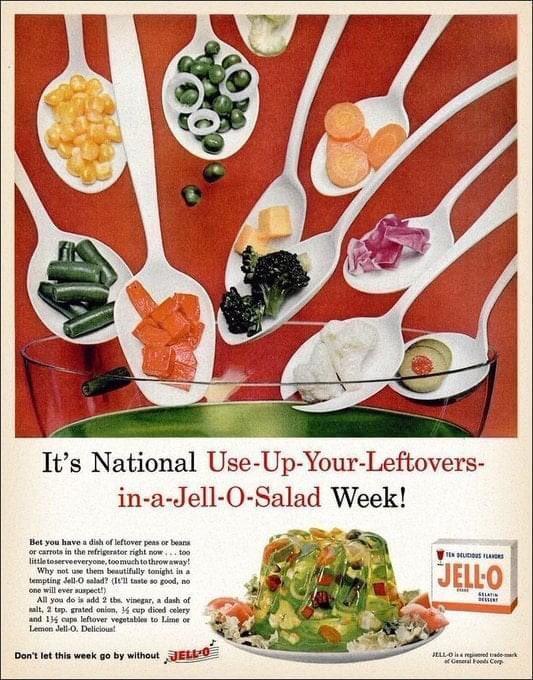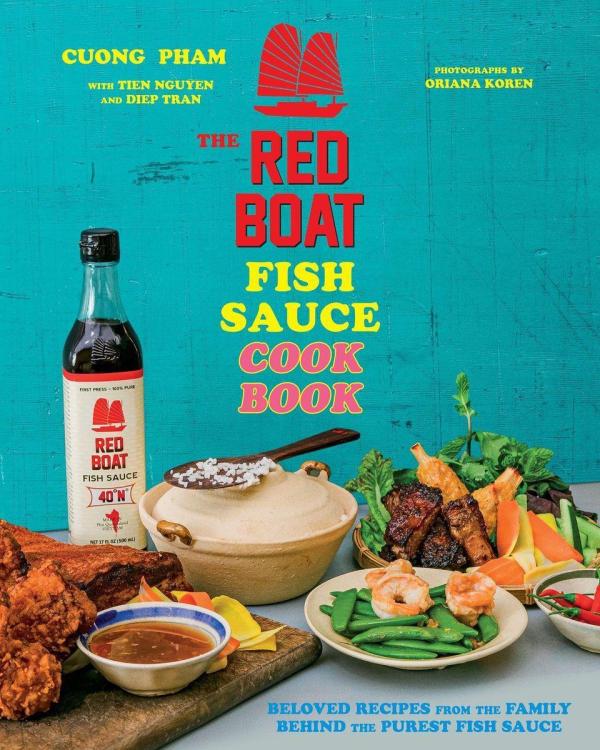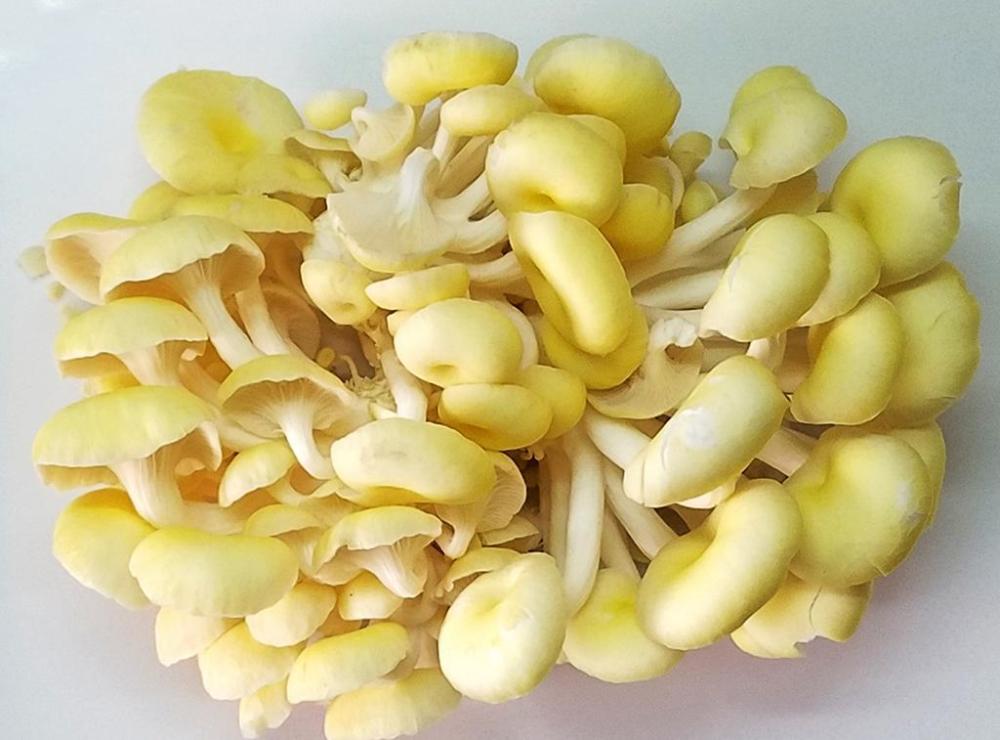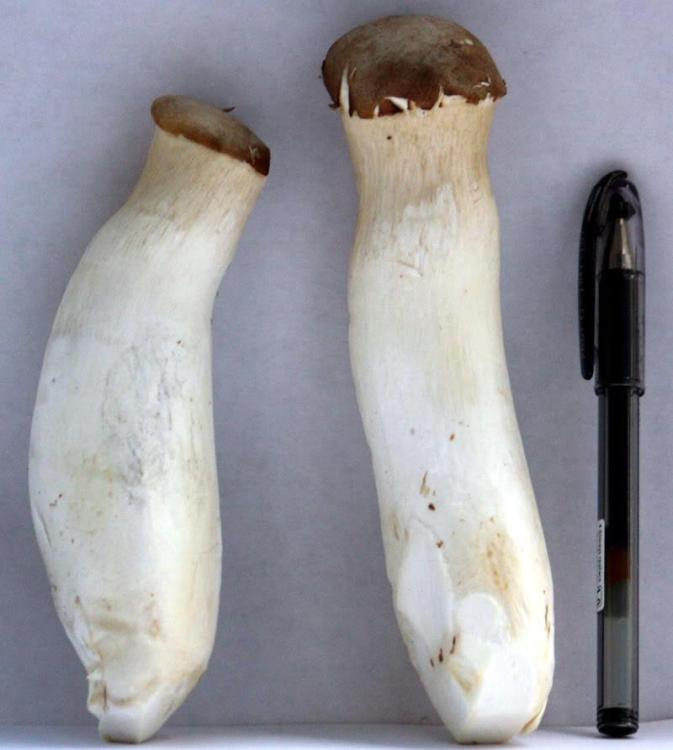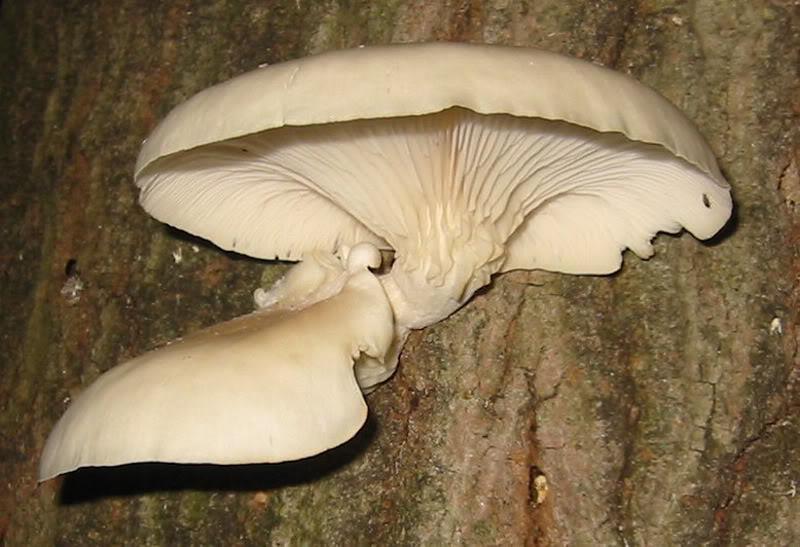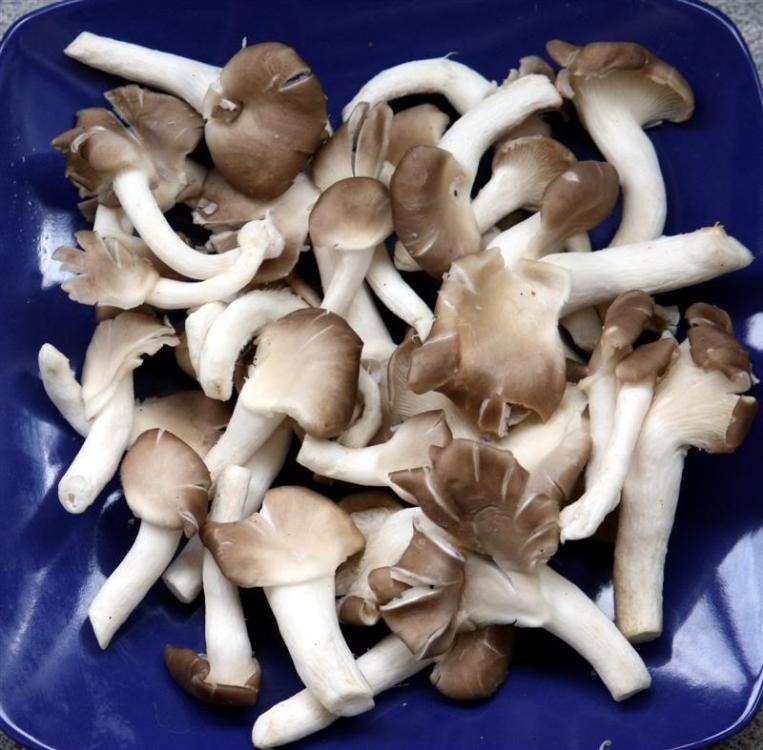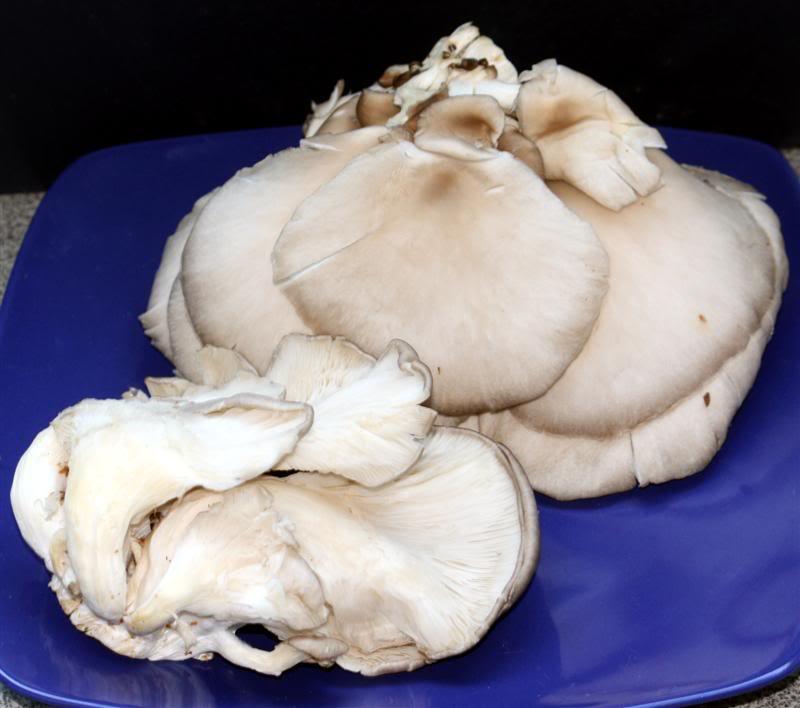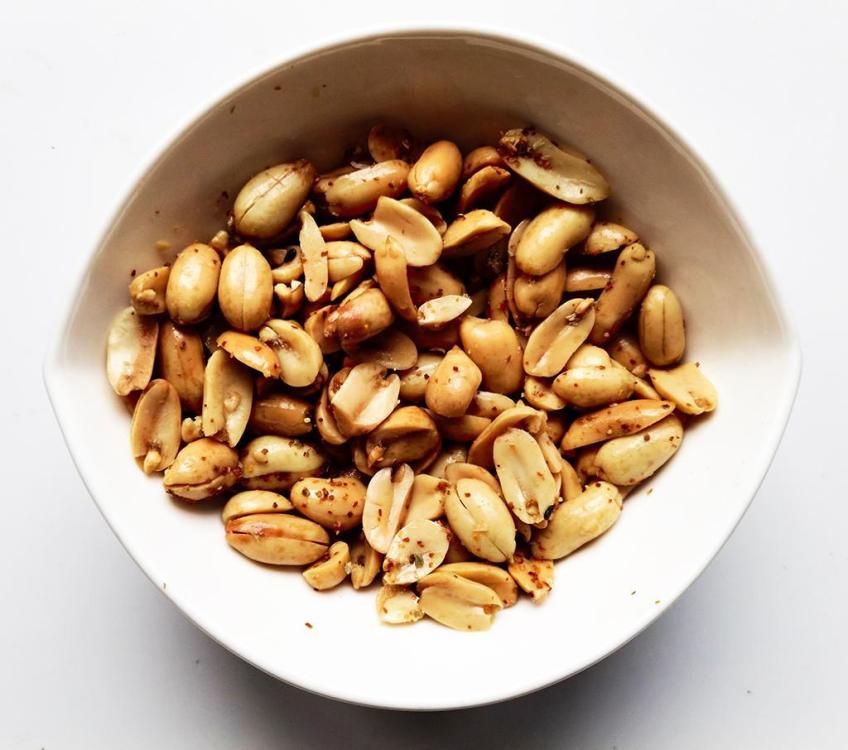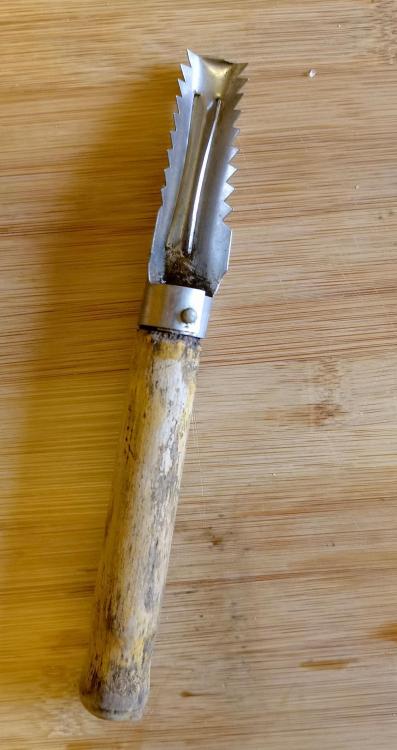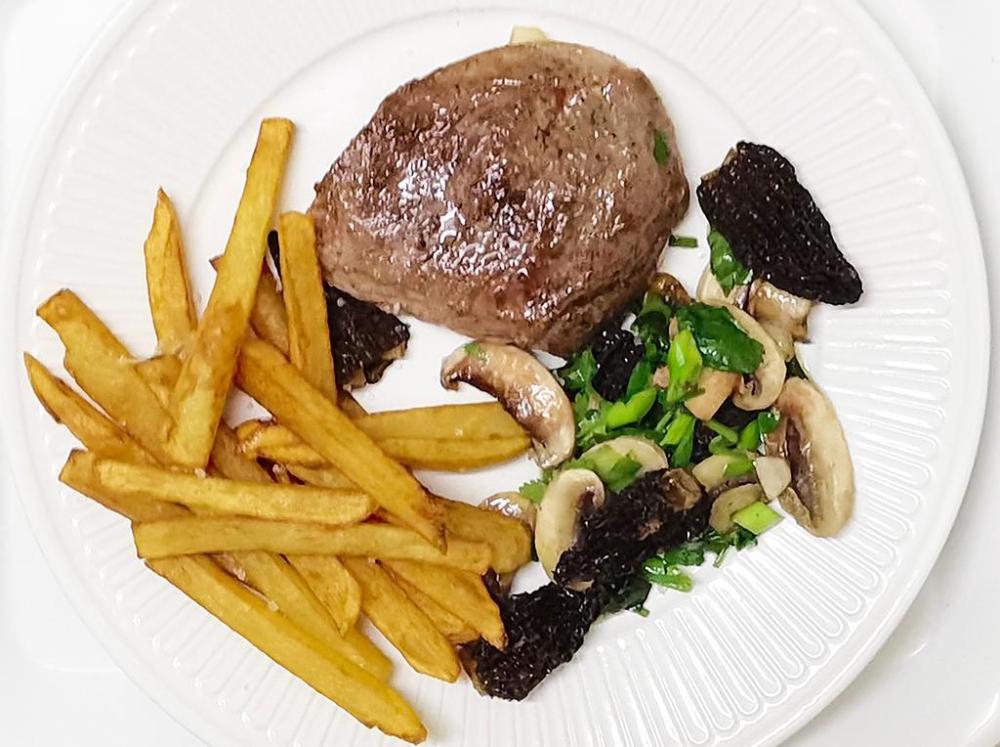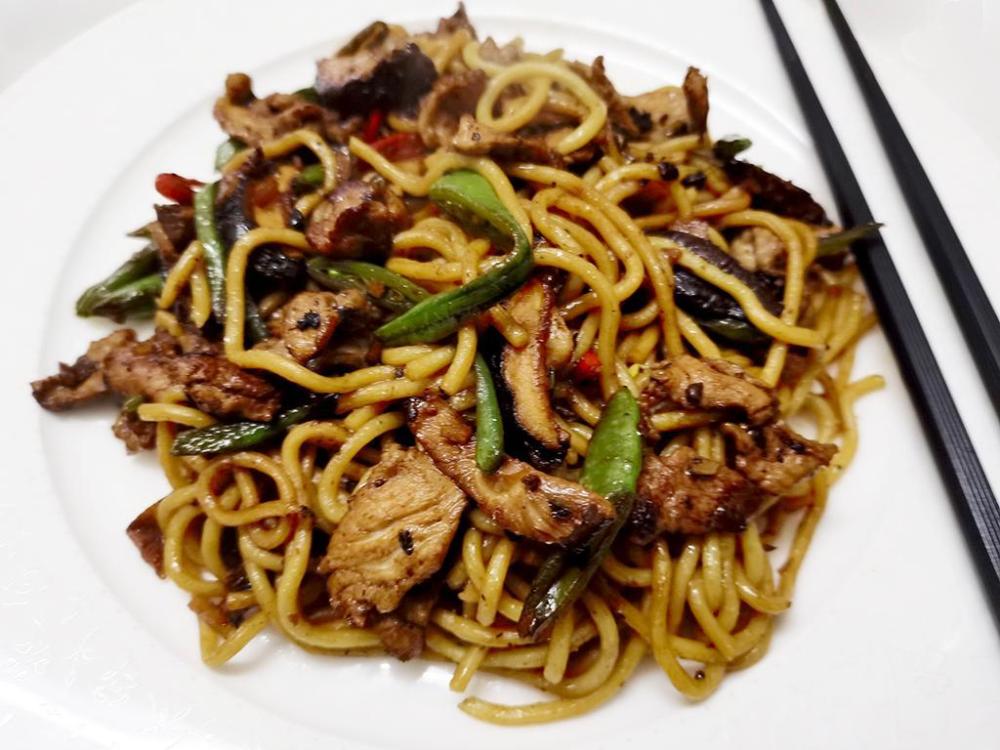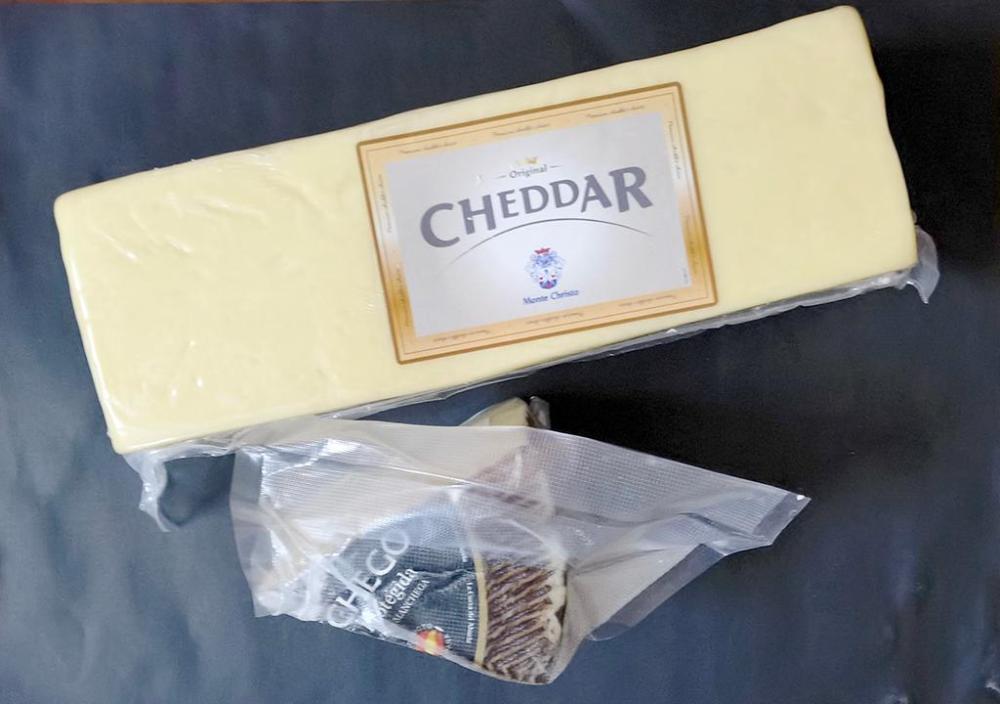-
Posts
16,663 -
Joined
-
Last visited
Content Type
Profiles
Forums
Store
Help Articles
Everything posted by liuzhou
-
Indeed! I've never eaten canned asparagus of any sort, nor am I ever likely to do so.
-
One of the best starters I ever had was in a one-M star restaurant in London many years ago. It was three spears of asparagus wrapped in filo / phylo pastry and baked/roasted.
-
I have no knowledge of the book other than that it exists. I've never seen Red Boat either in Vietnam or anywhere else, but I do know it is a superior product. I base this on the opinions of Vietnamese cooks in the USA and England, especially Christine Hà who told me about the book and her opinion of the product. It is incredibly pure.
-
I wouldn't. You have to be pretty careful not to burn them first time round.
-
I don't have a dishwasher. Don't want one.
-
I can only think of one thing that I avoid doing. Breaking down a chicken? No problem. Boning a duck? Great fun. Filetting a fish? Ditto. Chopping onions? A breeze. Prepping squid? My favourite kitchen job! But one of my favourite dishes is 辣子鸡 (là zi jī ) or chicken in chillies. This Sichuan dish requires that 50 grams of dried chillies be snipped in half and then as many of the seeds as possible removed. I'm not squeamish about it or worried about the heat or anything similar. It's just plain boring and always takes longer than you can imagine. 50 g of dried chillies is more than you might think. So I have to work myself up to it. This means I don't eat it as often as I would like. I need to find a volunteer chilli snipper.
-
Marmite morning. Marmite on toasted baguette washed down with Marmite "tea"* * Just a teaspoon of Marmite in a cup of boiling water with a little freshly ground black pepper.
-
Tasted better than it looked. Brined chicken cooked 1-10-10; 黑皮鸡枞菌 (hēi pí jī cōng jūn), 'black skin chicken fir mushrooms', Oudemansiella raphanipes stir fried with garlic. Served with orzo and, for kick, some real Sriracha sauce from Thailand (not pictured).
-
I thought I had posted this Christmas morning breakfast, but it seems not. A long standing tradition back in Britain last century was to have smoked Scottish salmon, but none of that here. Instead hot smoked sturgeon with its own wonderful caviar. Accompanied by champagne, of course.
-
-
Just squeezing into 2021, this is due to be published on the 28th December. It will be a late Christmas gift to myself.
-
Oyster mushrooms come in many colours ranging from white through brown to yellow, red and even blue. My local stores and markets always have at least three or four varieties. and here are the king mushrooms (aka eryngii) More information here.
-
This morning a German woman who lives here gave me these two boxes of cake and cookies she had baked. Big surprise. I hardly know her.
- 667 replies
-
- 10
-

-
酒鬼花生 (jiǔ guǐ huā shēng) - Drunkard's Peanuts Salted roast peanuts to which I added some shichimi togarashi. Beer food.
-
Nice dressing of the pineapple. Here is my somewhat battered (well-used), dedicated pineapple shucking implement as used by every pineapple vendor in my local markets. Cost about next to nothing, back in 1997. Today they cost just over nothing. I never tire of watching those vendors peel, de-eye and spiral cut those babies in seconds, over and over every day.
-
Pan fried spiced up* pork steak with morels and button mushrooms, coriander leaf/cilantro and green onion. Chips. *Freshly ground cumin, coriander seed, fenugreek seed and Sichuan peppercorn.
-
It's doing OK, but seems to have entered a dormant phase. The existing fungi are fine, but no new growth. I know ganoderma is a slower type, so I'm not too concerned, yet.
-
炒拉面 (chǎo lā miàn ) - stir fried hand-pulled noodles with pork, shiitake and sliced snow peas. Pork was marinated in Shaoxing wine with garlic, ginger, chilli, Sichuan peppercorns and salt fermented black beans. Soy sauce added near the end.
-
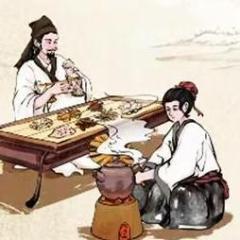
How do you take your whiskey: neat or with water/ice?
liuzhou replied to a topic in Spirits & Cocktails
Neither do I. There aren't any here! -

How do you take your whiskey: neat or with water/ice?
liuzhou replied to a topic in Spirits & Cocktails
Not something I've ever experienced, but then I've never been to the USA. -

How do you take your whiskey: neat or with water/ice?
liuzhou replied to a topic in Spirits & Cocktails
Is the look because they don't know what it means, though? Or just that they are surprised that you want to drink it that way? The latter seems a lot more likely to me. -

How do you take your whiskey: neat or with water/ice?
liuzhou replied to a topic in Spirits & Cocktails
I certainly order brandy / cognac / armagnac etc neat as well as good freezing vodka. Some whiskies. Never had a bartender not understand what I wanted, though. -
My Chrismas cheese order arrived this morning. That's 2.6 kg / 5lb 11 oz (approx) of Cheddar and 500 grams / 1 lb of Manchego. I'll unwrap it nearer the day. In preparation, I preordered some waxed paper for storage of the Cheddar in smaller pieces. The paper is covered with this bizarre "recipe" for bread. Ingredients include 'bread'! That is fun. That's it. No instructions.
-
Agreed, but I guess that during the Depression, 'mouthwatering' was a rare luxury for many people. Basic sustenance would have been more important.





